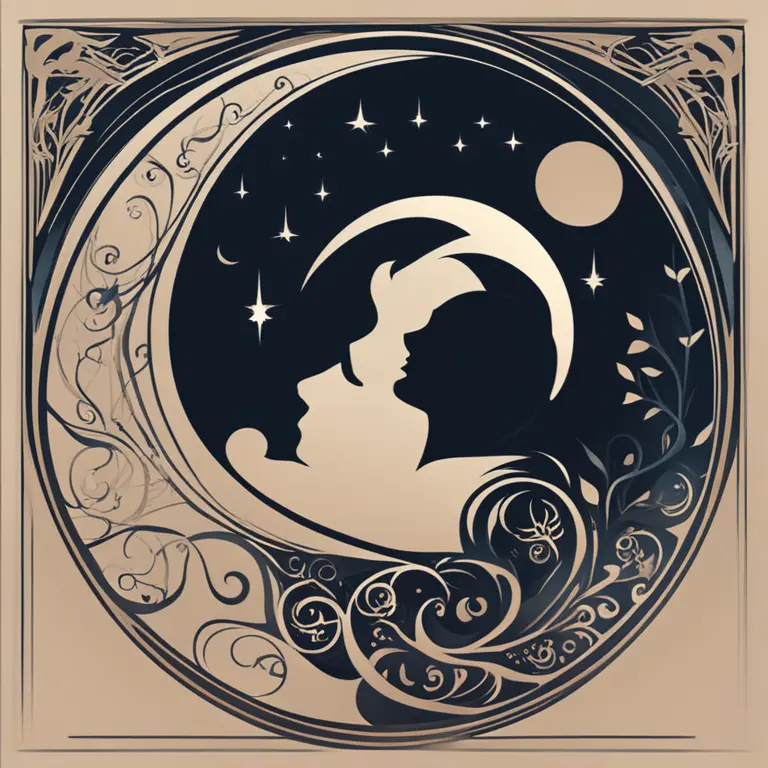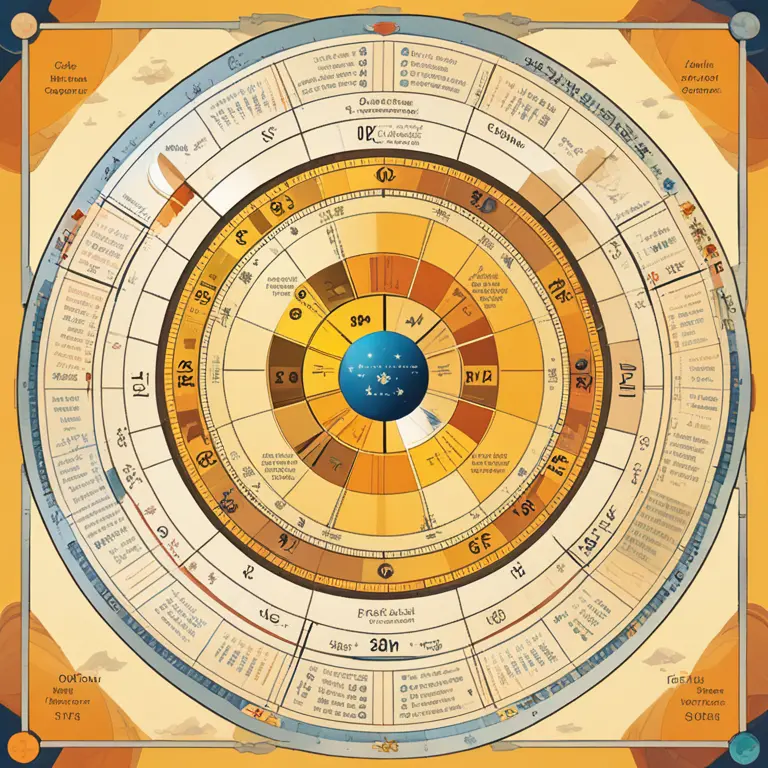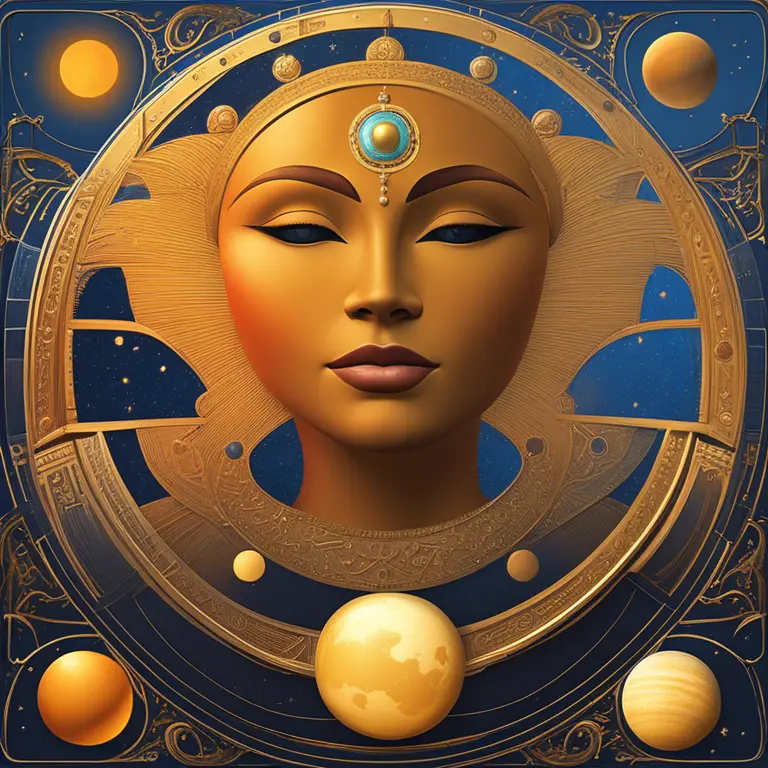
Synergy of Stars: Birth Charts in Love Compatibility
Delve into how birth charts are used to analyze love compatibility, offering insights into the cosmic connections between partners.
article by Priya Deshmukh
Basics of Birth Charts
When we talk about birth charts, we are referring to a snapshot of the heavens at the exact moment of one's birth. Each chart is a unique map that outlines where all the planets and significant celestial points were located in the various zodiac signs. Astrologers believe that this cosmic layout can profoundly influence an individual's personality, life path, and, crucially, how they relate to others. By examining the components of a birth chart, one can gain insights into one's strengths, weaknesses, desires, and the way they love.

Compatibility Through Cosmic Lenses
Seeking a harmonious relationship is a goal for many, and astrological compatibility uses the detailed information within birth charts to understand the potential synchronicity between lovers. The sun sign is merely the tip of the iceberg; deeper analysis includes moon signs dictating emotional landscapes, Venus signs revealing love languages, and Mars signs indicating desires and conflicts. It's this layered comparison that may suggest whether two souls could dance in sync under the stars.

The Role of Sun Signs
While analyzing compatibility, many start with the sun sign because it forms the essence of one's identity. Yet, a singular focus on sun signs overlooks the rich tapestry of a complete birth chart. Though sun signs can provide a surface-level compatibility check, delving deeper into other planetary positions is essential for a thorough understanding. Sun signs can be the gateway to a broader astrological exploration between partners.

Moon Signs and Emotional Bonds
Compatibility is profoundly influenced by the moon signs which govern the emotions, intuition, and inner selves. When partners' moon signs are in harmonious aspects, it often results in an instinctual understanding and comfort. Conversely, discordant moon signs may indicate emotional misunderstandings. A comprehensive look at these lunar alignments can shed light on the emotional undercurrents of a relationship and its nurturing or challenging flows.

Venus, Mars, and Love Languages
Venus and Mars, the planets of love and desire, play pivotal roles in the language of love and the expression of affection. Venus sign compatibility helps in discerning how partners appreciate and value each other, including their shared sense of beauty and harmony. Mars sign compatibility, on the other hand, deals with energy, passion, and the assertive aspects of a relationship. The dance between Venus and Mars in charts can reveal much about the potential heat and harmony in a romantic connection.
Aspects and Angles: The Relationships Between Planets
Analyzing aspects—or the angles between planets—across two charts widens the compatibility discussion. Trines and sextiles, for instance, are traditionally harmonious aspects that foster understanding and flow. Squares and oppositions can point to challenges and dynamic tensions that may either catalyze growth or lead to conflict. The aspects between charts provide a complex, dynamic picture of how two people might relate.
Synastry and Composite Charts: The Couple's Astrology
Synastry is an in-depth comparison of two birth charts, considering the interplay between each person's planetary placements. Composite charts, alternatively, create a single chart representing a relationship’s essence, derived from the midpoints of each person's planetary positions. Both techniques offer valuable insights into the energetic dynamics of a relationship, highlighting areas of potential harmony and difficulty, and mapping a narrative of the couple's astrological journey.
Published: 1/22/2024
Modified: 1/22/2024
More predictions
Come back here soon to learn more about yourself and your future


The Essence Of Moon Phases
Delve into the essence of lunar phases, how they affect us, and their significance in astrology with a clear and concise guide to the moon's journey.


Exploring Moon Phases & Couple Dynamics
Discover how moon phases can influence relationships and romantic connections, offering insight for stronger bonds between couples.


Moon Phases & Astrological Affect
Discover how the moon's phases and location impact astrology, affecting personal moods, behaviors, and life events.